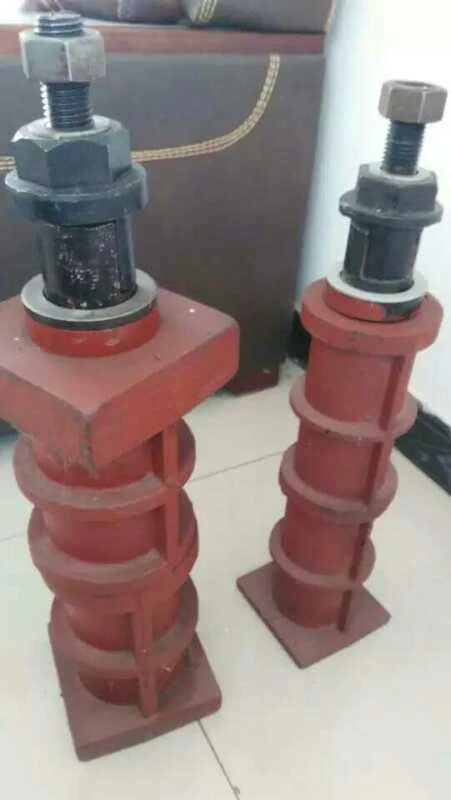Nov . 22, 2024 07:51 Back to list
replacing main water shut off valve
Replacing the Main Water Shut-Off Valve A Step-by-Step Guide
The main water shut-off valve is a crucial component in any plumbing system. It allows homeowners to stop the flow of water into their houses, making it essential for emergency repairs and routine maintenance. However, over time, these valves can deteriorate, become stuck or leak, necessitating replacement. If you’re facing issues with your shut-off valve, this article will guide you through the process of replacing it safely and efficiently.
Understanding the Main Water Shut-Off Valve
The main water shut-off valve is typically located near where the water line enters your home, often in the basement, crawl space, or utility room. It's essential for controlling your house’s water supply. Knowing how to operate this valve can save you significant trouble during plumbing emergencies.
Tools and Materials You Will Need
Before embarking on this DIY project, gather the necessary tools and materials
- Adjustable wrench - Pipe wrench - Screwdriver - Teflon tape - New shut-off valve (make sure it's the correct size and type) - Bucket or towel (to catch any water) - Safety goggles and gloves
Step-by-Step Replacement Process
1. Shut Off the Water Supply If you have a secondary shut-off valve outside your home or in the street, turn it off first. If not, you’ll need to use the main valve to cut off the water supply, if it’s still operational.
2. Drain the System Open the taps on the lowest floor of your home to allow the water to drain from the pipes. This will help reduce water spillage and pressure when you remove the old valve.
replacing main water shut off valve

3. Prepare the Area Place a bucket under the valve to catch any remaining water and lay down towels to protect the floor from moisture. You may want to turn off the electricity in the area to avoid any hazards, especially if water is involved.
4. Remove the Old Valve Use the adjustable wrench to loosen the nuts that hold the valve in place. You may need a pipe wrench for stubborn or corroded fittings. Be cautious, as residual water may still escape from the pipes.
5. Clean the Threads Once the old valve is removed, inspect the threads on the pipe for damage or corrosion. Clean the threads with a wire brush if necessary, and ensure the area is dry before proceeding.
6. Install the New Valve Wrap Teflon tape around the threads of the pipe to ensure a proper seal and prevent leaks. Attach the new shut-off valve by hand-tightening it onto the pipe, and then use the wrench to secure it firmly, but do not over-tighten, as this can cause stress fractures.
7. Check for Leaks Before turning the water supply back on, double-check that all connections are tight. Once everything is in place, slowly turn the water supply back on and observe the valve for any signs of leaking. If leaks do occur, tighten the fittings further as necessary.
8. Test the System After confirming there are no leaks, open the taps throughout your home to allow air to escape from the system. This will help restore normal pressure in your plumbing.
9. Clean Up Dispose of the old valve and clean up any tools and materials you used during the process.
10. Maintain Your Valve Regularly check your new shut-off valve for any signs of wear or corrosion to ensure it remains functional. Knowing where it is located and how to operate it can prevent panic during unforeseen emergencies.
Conclusion
Replacing the main water shut-off valve is a manageable task for most homeowners with basic plumbing tools and skills. A properly functioning valve is essential for the safety and maintenance of your plumbing system. By following these steps, you can ensure a successful replacement and prevent future plumbing disasters. Remember, if at any point you feel uncomfortable with the process, it’s best to consult with a professional plumber to avoid complications.
-
Y Type Strainer Maintains System Efficiency Long TermNewsJul.15,2025
-
Valve Selection Guide for Industrial ApplicationsNewsJul.15,2025
-
Steel Fab Table Provides Durable Work Surface for WeldingNewsJul.15,2025
-
Pad Iron Provides Stable Support for Heavy MachineryNewsJul.15,2025
-
One Inch Check Valve Fits Standard Plumbing SystemsNewsJul.15,2025
-
Measuring Micrometer Ensures Precise Dimensional AccuracyNewsJul.15,2025
Related PRODUCTS









